Unearthing Childhood Stories in Peru
August 15, 2025
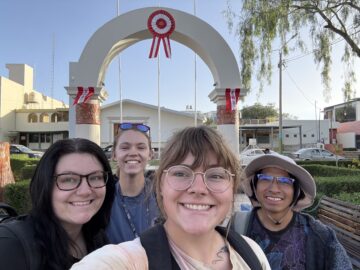
Holly Sexton is a master’s student in archaeology whose summer research is focused on indications of past stress in children living between 1450 and 1532 A.D. through Colca Valley excavations and a visit to an existing collection in Arequipa, Peru.
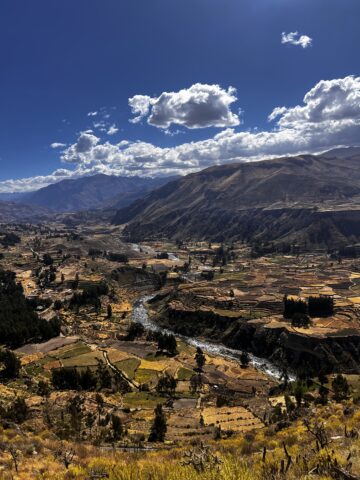
Describe the location of your field research.
I will be taking part in both excavations in the Colca Valley in Peru with my advisor Matthew Velasco’s Proyecto ALPACA as well as visiting the collection in which my thesis research is based in Arequipa, Peru.
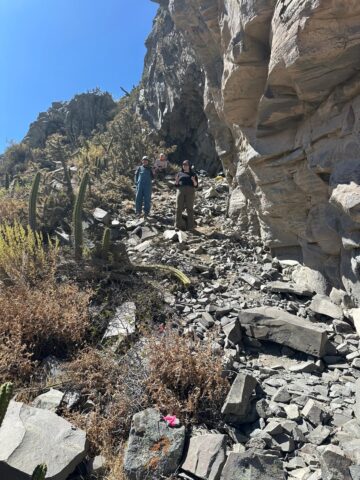
What’s the focus of your research?
My research studies skeletal markers of biological stress in the remains of children from the Colca Valley during Pre-Inka times (1450-1532 A.D.). These indications of past stress will not only allow more insight into the ways health was impacted during a tumultuous time in Andean history but also fill in the gap concerning the lives of children in the past.
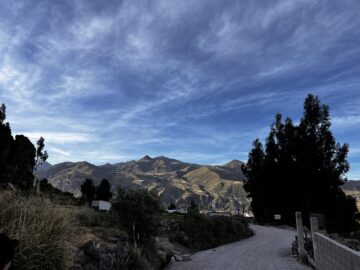
What do you hope will be the impact of this work?
I hope that my research encourages more consideration of children in past societies, as they are historically understudied and undervalued. I also hope that taking part in excavations this summer will enrich me with a deeper understanding of life in the Colca Valley and how its local communities interact with their cultural heritage. This knowledge will be critical to my goal of sharing my research with the communities in the future.
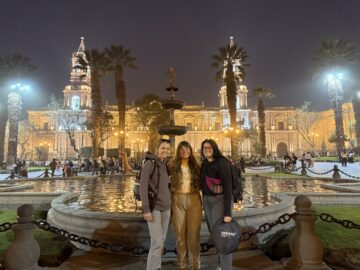
How will field research advance your understanding of your research in a way that classes and/or theory do not?
Taking part in excavations and collection work in the Colca Valley and Arequipa will not only enhance my skills as an excavator and archaeologist but ground truth in my thesis research, which works with an existing collection of juvenile skeletal remains from another site in the valley. Immersing myself in the culture and learning hands-on about the valley’s past supplements my research in a way that the classroom cannot provide.
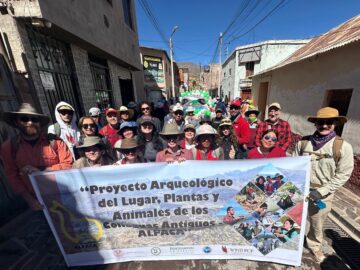
What has surprised you about your experience?
In reflecting upon my first year, I am most surprised by just how much growth I have experienced. I am more equipped to not only ask but really answer questions about the past.
How did Cornell programs and/or faculty mentors help connect you with the opportunity to carry out this research?
This opportunity could not have been made possible for me without the support of the Cornell Institute for Archaeology and Material Studies and the resources its directors (Dr. Adam Smith and Dr. Lori Khatchadourian) and faculty provide. My advisor, Dr. Matthew Velasco, is also extremely instrumental to this opportunity. Dr. Velasco has helped guide me to my research topic, enabled access to the data, and coordinated my involvement in his project’s excavations.
What would you say to students considering applying to Cornell for grad school?
Cornell offers unparalleled access to resources and a collaborative, vibrant community of scholars that will certainly push you to grow both as a person and a professional. I could not be more thrilled to be pursuing graduate study in a place where such values are not only fostered but innovated.
Photo Captions
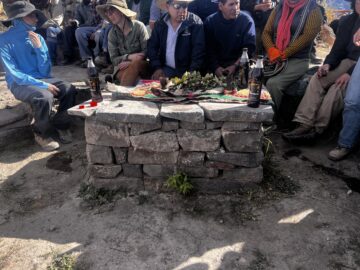
Photo 1: Holly Sexton and a few other archaeologists after completing their work at the Ministry of Culture’s Depository.
Photo 2: A view of the Colca Valley from atop the site.
Photo 3: Holly Sexton and two colleagues doing surface collection in a cave on the Western slope of the site of Achomani.
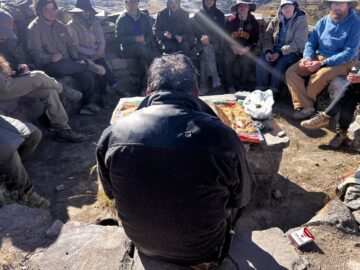
Photo 4: The daily walk home from the excavation site.
Photo 5: Holly Sexton and two colleagues in the Plaza de Armas, a large plaza in Arequipa’s historic city center.
Photo 6: Proyecto ALPACA at a parade in Chivay, the seat of Calloyma Province, celebrating the Province’s history and anniversary.
Photo 7: Before excavation, Holly Sexton and other archaeologists took part in a ceremony called a Pago. A Pago is usually performed before excavations in order to offer something to Pachamama (the earth mother) and declare their good intentions for the excavation.
Photo 8: The Pago ceremony is led by the town’s shaman and can last for many hours.
